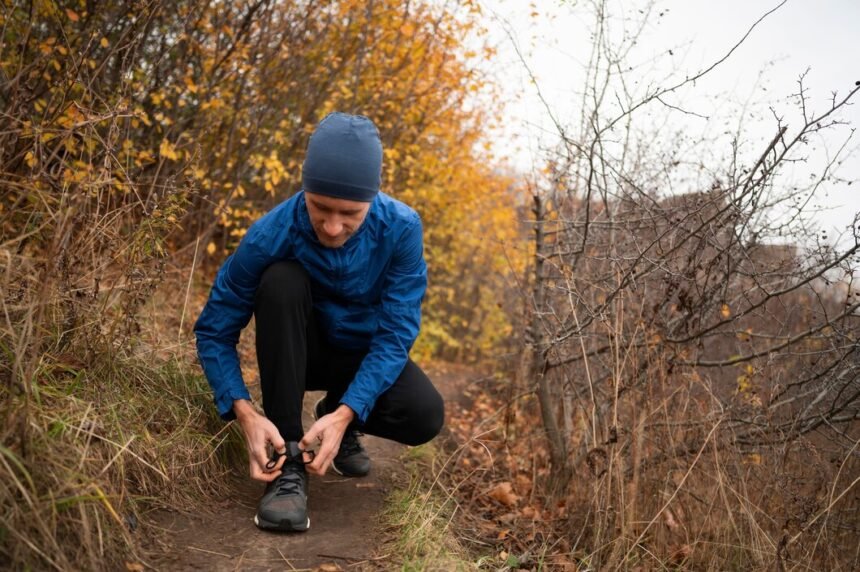Hiking is a popular outdoor activity that offers numerous benefits for physical and mental health. However, it can also lead to injuries, especially if your feet are not adequately prepared. This article explores the importance of foot strength and flexibility for hikers and provides practical tips on how to prevent common hiking injuries through targeted foot exercises.
Why Foot Strength and Flexibility Matter for Hikers
Your feet are the foundation of your body, supporting your weight and absorbing shock as you navigate uneven terrain. Strong and flexible feet are essential for maintaining balance, stability, and preventing injuries during hiking. Weak or unconditioned feet can increase your risk of developing conditions such as plantar fasciosis, Achilles tendinitis, and stress fractures.
Common Hiking Injuries Due to Weak or Unconditioned Feet
- Plantar fasciosis: This condition occurs when the plantar fascia, the tissue connecting your heel to your toes, becomes inflamed. It can cause pain and discomfort, especially in the morning.
- Achilles tendinitis: This is an inflammation of the Achilles tendon, the largest tendon in the body. It can lead to pain and stiffness in the back of the heel.
- Stress fractures: These are tiny cracks in the bones of the foot, often caused by overuse or inadequate foot support.
Effective Foot Exercises for Hikers
Here are some effective foot exercises to strengthen and improve flexibility:
- Toe curls: Sit on a chair and place a small object, such as a towel, on the floor. Try to pick it up using only your toes.
- Toe stretches: Sit on a chair and point your toes as far forward as possible, then point them backward.
- Calf raises: Stand tall and lift your heels off the ground, then lower them back down.
- Alphabet exercise: Write the alphabet in the air with your toes.
- Marble pickup: Place a handful of marbles on the floor and try to pick them up one by one using your toes.
Aim to do these exercises for 10-15 minutes, 2-3 times per week. You can incorporate them into your daily routine or as part of your pre-hike warm-up.
Other Foot Care Practices
To maintain healthy feet and prevent hiking injuries, it’s essential to:
- Wear appropriate footwear: Choose well-fitting hiking boots with adequate support and cushioning. The boots should fit snugly without being too tight and provide good ankle support.
- Use cushioned insoles: Insoles can help reduce pressure on your feet and provide extra comfort. Look for insoles that are specifically designed for hiking and offer support for your arches and heels.
- Use toe spacer: Toe spacers can improve foot alignment, reduce pain, enhance comfort, and improve balance and stability. By gently spreading the toes, toe spacers can help address issues like Plantar fasciosis, bunions, hammertoes, and overlapping toes. This can reduce the risk of falls and injuries. If you’re looking for a reliable toe spacer, one name that you can trust based on the reviews is called Correct Toes. If you’re new to using toe spacers, Correct Toes also provides easy-to-follow guides on how to wear them correctly for optimal results.
- Take breaks: Rest your feet periodically during long hikes to prevent fatigue and strain. Find a shaded area or sit on a rock to give your feet a chance to recover.
- Stretch regularly: Stretching before and after hiking helps warm up muscles and prevent stiffness. Include stretches for your calves, ankles, and feet.
Incorporating foot exercises into your routine can significantly reduce the risk of these injuries.
Conclusion
By strengthening and improving the flexibility of your feet, you can significantly reduce your risk of hiking injuries. Incorporating foot exercises into your routine, along with other preventive measures, can help you enjoy your outdoor adventures without pain or discomfort.
Also Read: The Ultimate Guide to Burnaby Dental Services



